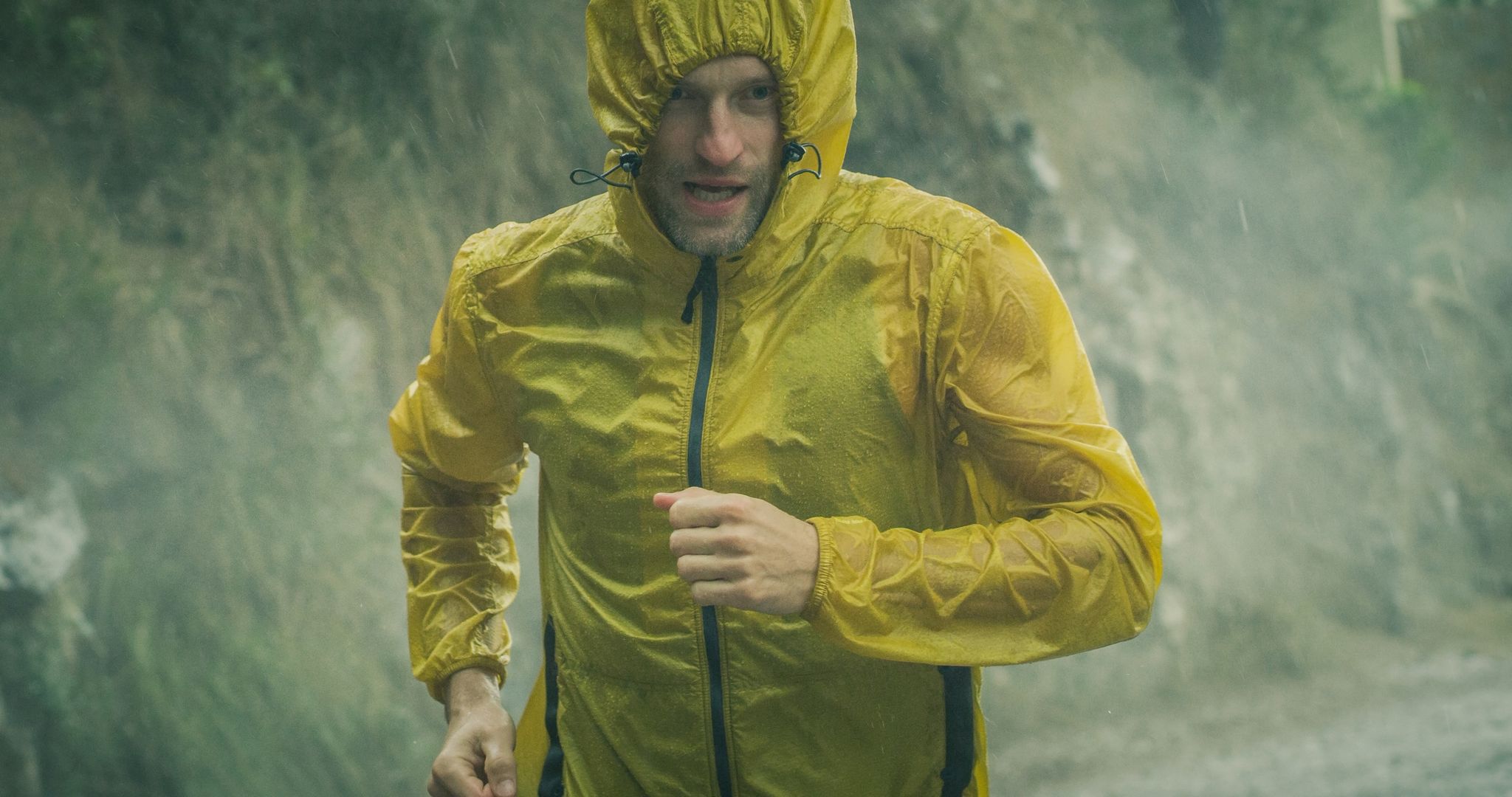As runners, we tend to specifically plan our running sessions around “good” weather days. But what happens when you wake up eager for your scheduled 5 milers only to hear raindrops hitting the window? While running in the rain might not seem appealing at first, embracing wet conditions instead of avoiding them makes you a stronger, grittier runner. Learning to run in the rain right opens new training opportunities. Plus, splashy strides feel refreshing during hot humid summers! This article covers top tips to safely enjoy running in the rain.
Embrace, Don’t Fear Rain Runs
Before discussing the how-to, let’s first examine the mindset shift required to intentionally run while it’s raining outside. Understand that while rain introduces new environmental factors, with the right precautions wet runs prove fun and beneficial. The soothing sound of rain promotes concentration for some runners. Cooler rainy day temperatures also prevent overheating.
Running in the rain also boosts mental conditioning by teaching your brain not to quit when conditions turn non-ideal. Mastering rain runs strengthens your ability to adapt your form and pace on the fly based on weather variables out of your control. Looking at rainy training sessions through this performance lens makes lacing up your soggy shoes feel more appealing!
Stay Visible
When pavement gets slick and stormy skies darken roads, standing out so drivers can spot you becomes crucial for safety. Wear brightly colored clothing from head to toe along with reflective elements to maximize visibility. Attach reflective tape to clothing, wear LED-enabled running gear, and clip blinker lights to your waistband facing backward.
If running near dawn/dusk hours, consider a lightweight headlamp even during daytime rain to shine a literal spotlight on your position. Finally, avoid dark sunglasses in low-light rain conditions. Making constant eye contact with oncoming vehicles helps prevent weather-related accidents.
Mind Your Footing
Wet surfaces inevitably prove slicker than dry pavement. Pay special attention to the footing on turns and downhill segments where falling risks increase if careless. Shorten your stride slightly and land each step underneath your center of gravity instead of overstriding. Flexible waterproof trail shoes better adapt to the unpredictable wet ground than rigid options. Dial down the speed several notches as well on initial rain runs until your confidence in handling slick traction improves.
The Right Rain Running Gear
Specialized rain-ready running apparel makes all the difference in staying reasonably comfy stride after water-logged stride. Choose lightweight, breathable outer layers with a durable water-repellant coating to keep your base layers dry without trapping sweat. A brimmed hat prevents chilling face and eyes. Gloves improve grip and warm frozen fingers mid-run. And moisture-wicking socks avoid blister-causing friction inside saturated shoes.
Finally, select road running shoes engineered to drain water/dry quicker over Shielding feet from splash back and heel slippage due to excess surface wetness. Popular waterproof versions utilize perforated uppers with drainage ports, grippy aggressive treads, and internal sleeve systems.
Conclusion
Instead of canceling runs just because the skies open up, embrace rainy conditions to become an adaptable athlete. Runs in the rain is handled smartly, creates opportunities to upgrade gear, improves mental fortitude, and even splashes around for some soggy fun! Just take key precautions with visibility, surfaces, and apparel.

